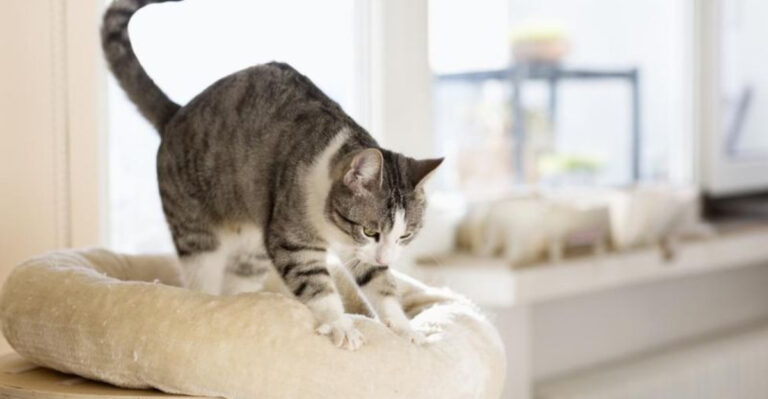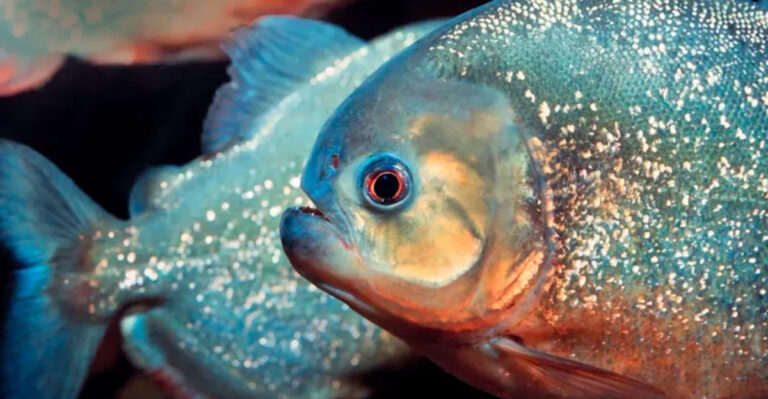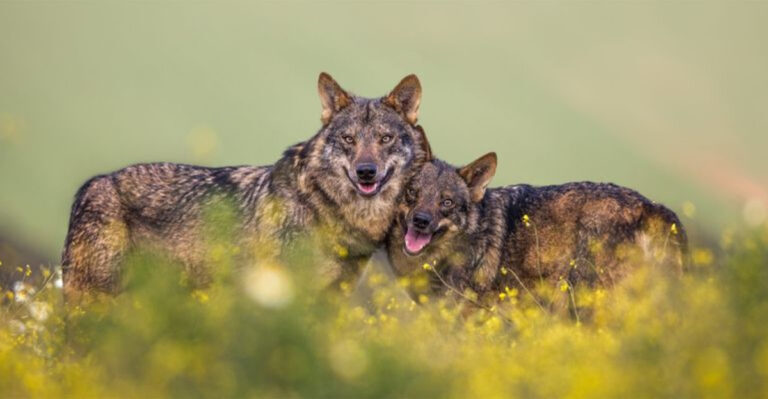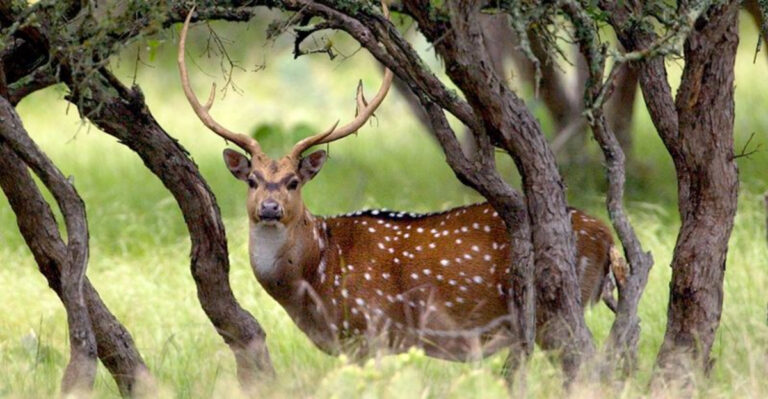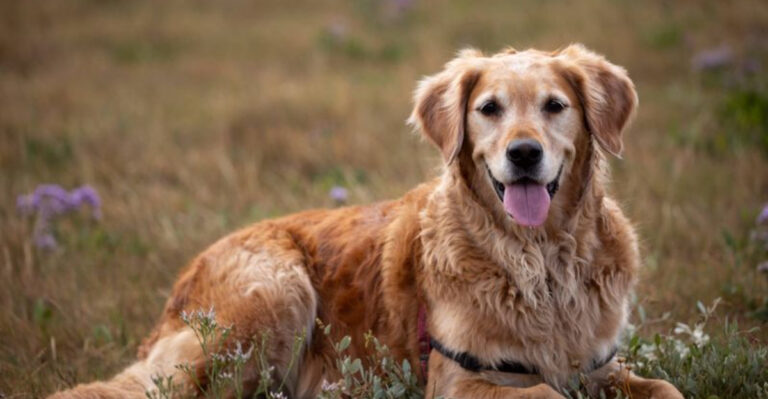14 Subtle Indicators That Your Cat May Be Approaching The End Of Their Journey
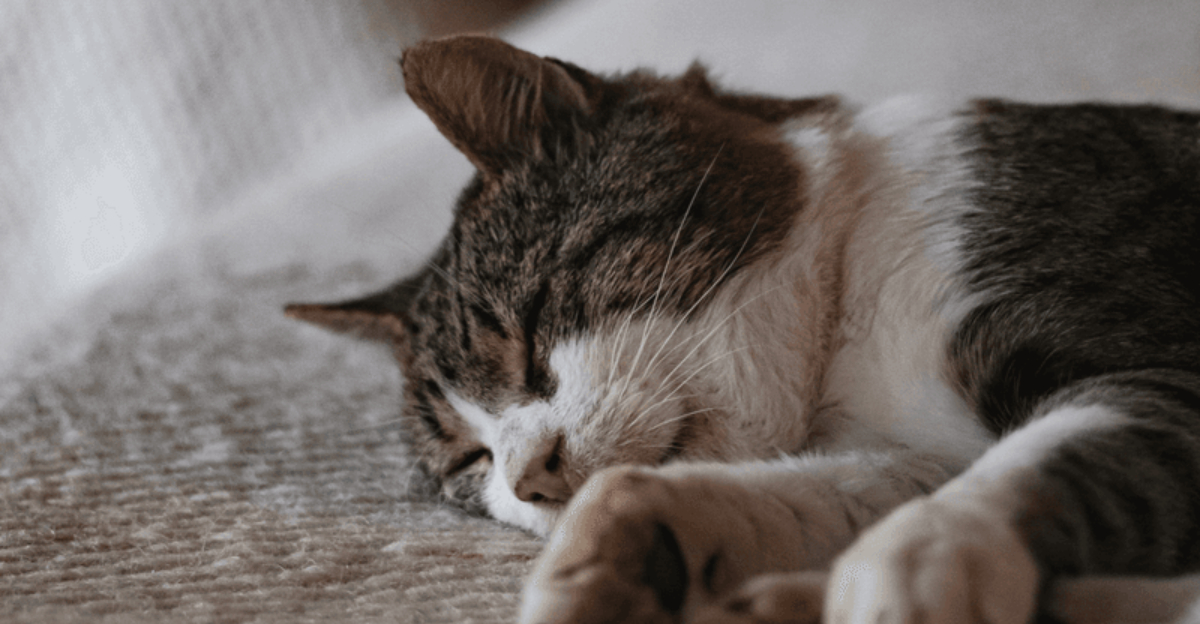
Watching a feline friend grow old brings mixed emotions of love and concern. As cat parents, recognizing the subtle signs of aging versus serious decline can help us provide comfort when it matters most.
Understanding these quiet indicators allows us to make informed decisions about care, comfort, and when it might be time to say goodbye.
1. Vanishing Appetite
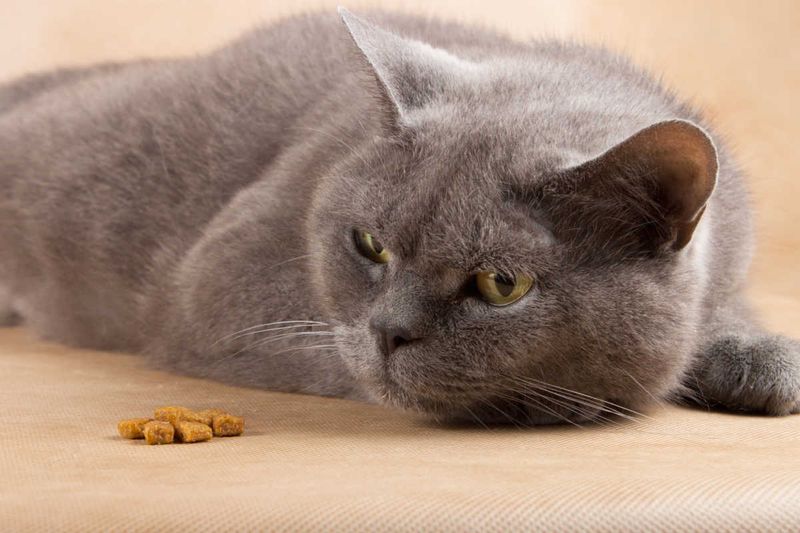
Once food-motivated felines suddenly turning their nose up at favorite treats raises red flags. Their digestive system often slows down in final stages, making eating uncomfortable or unnecessary.
Weight loss usually follows, with bones becoming more prominent under their fur. If your cat hasn’t eaten for 24+ hours, a veterinary consultation becomes essential.
2. Hiding Away
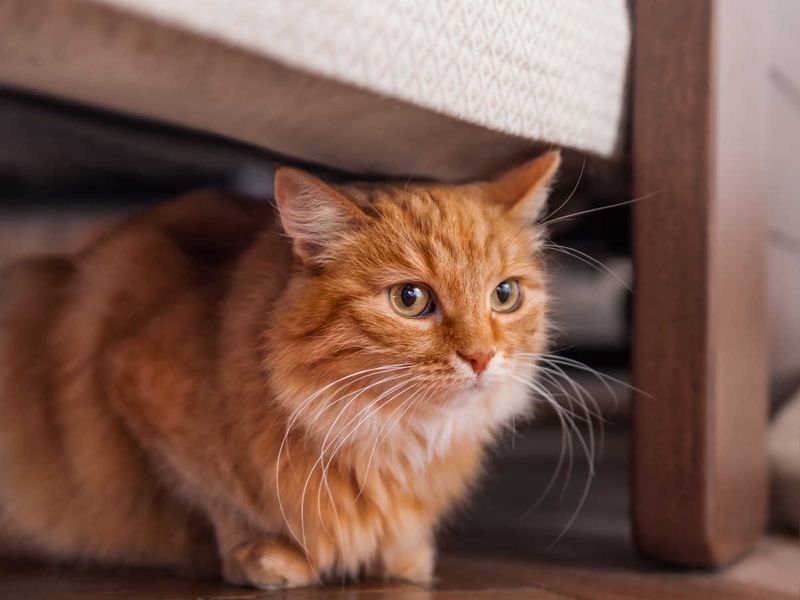
Your normally social kitty might start seeking solitude in unusual places. Under beds, in closets, or behind furniture becomes their new sanctuary.
This withdrawal stems from ancient instincts – in the wild, vulnerable cats isolate themselves for protection. When your usually cuddly companion begins avoiding interaction and preferring dark, quiet spaces, they may be following this primal urge.
3. Breathing Changes
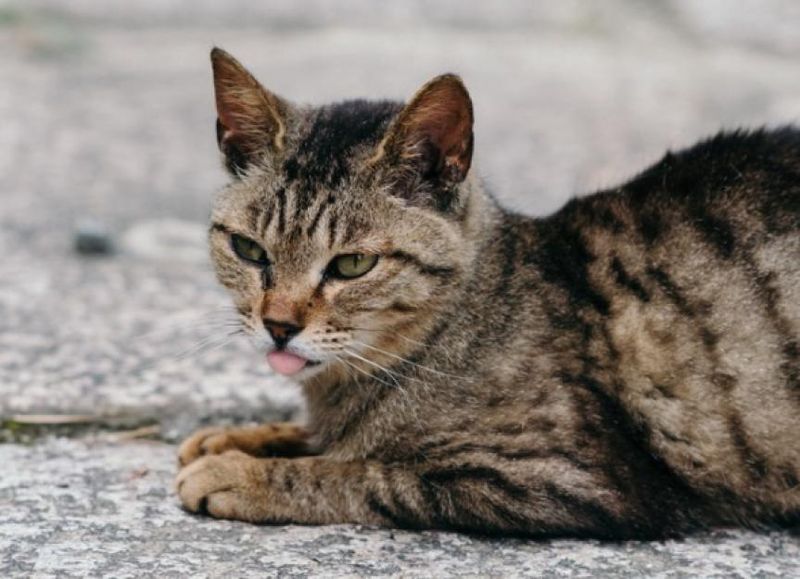
Listen carefully to your cat’s breathing patterns. Labored breathing, unusual pauses, or open-mouth panting signals respiratory distress.
Their chest might move more noticeably with each breath, or you might hear subtle wheezing. Cats naturally mask weakness, so these changes often appear only in advanced stages of illness or aging.
4. Mobility Decline
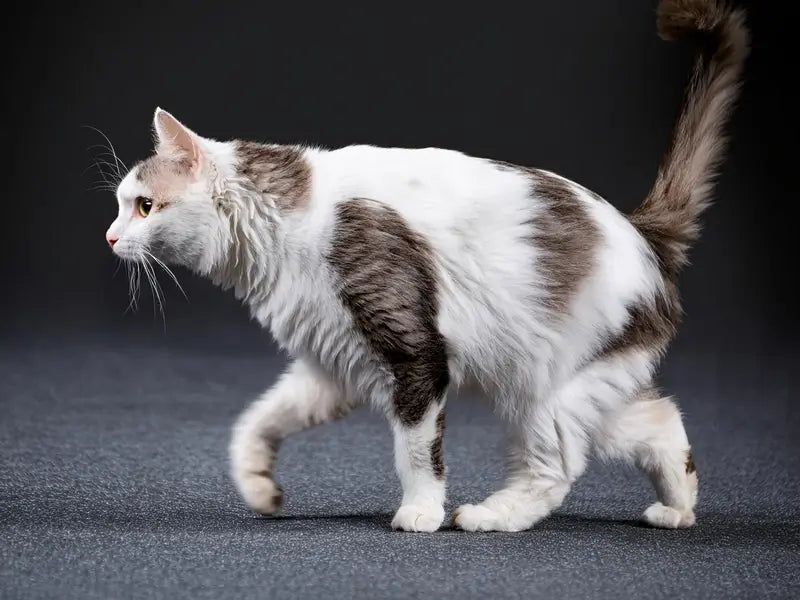
Jumping onto favorite perches becomes a struggle, replaced by careful calculations or abandoned attempts. Stairs that were once playground elements transform into insurmountable obstacles.
Watch for hesitation before movement or difficulty standing up after rest. Your once-agile companion might also develop an unsteady gait, with back legs particularly affected as muscle mass diminishes in their final chapter.
5. Bathroom Accidents
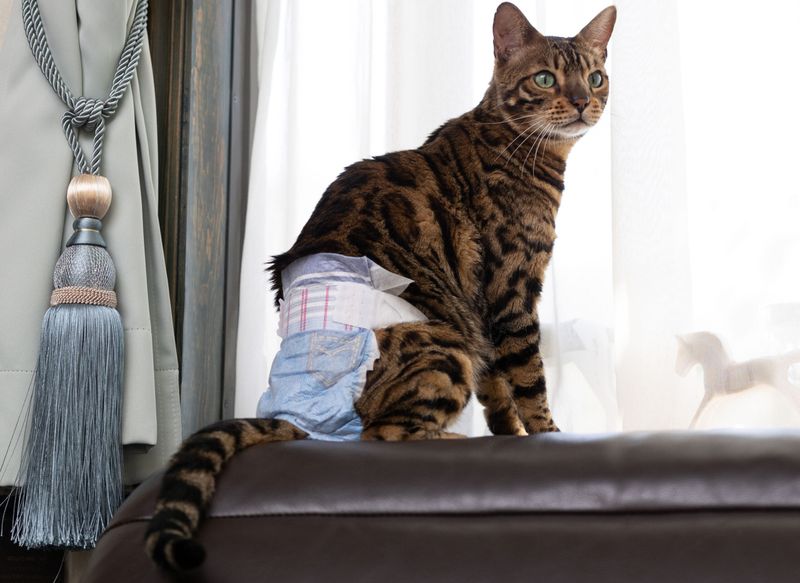
Litterbox precision typically remains intact even as cats age. When accidents suddenly occur outside their box, it signals potential kidney failure or neurological changes.
You might notice increased water consumption alongside more frequent urination. Some cats stop using their litterbox entirely, choosing random spots instead. This isn’t behavioral rebellion but often indicates physical systems beginning to shut down.
6. Temperature Regulation Problems
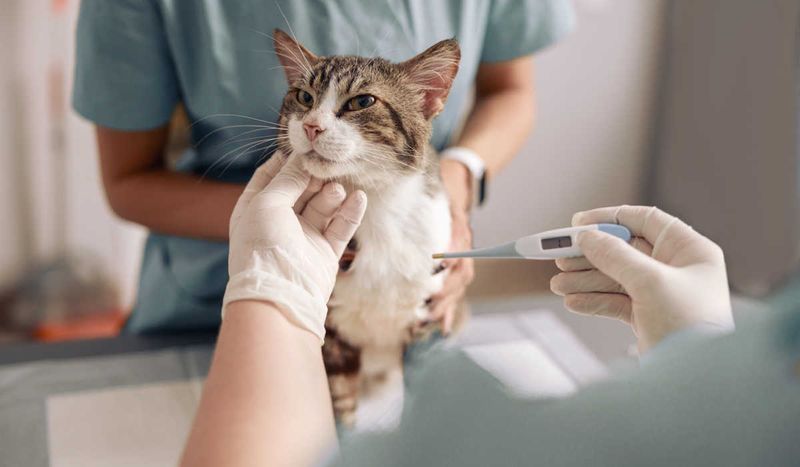
Feel your cat’s extremities – cool ears, paws, or tail tips indicate circulation changes. Their internal thermostat often malfunctions as vital systems weaken.
You might find them seeking unusual warmth, perhaps curling against heating vents or burrowing under blankets even in warm weather. Alternatively, some cats experience overheating and seek cool tile floors, showing how body regulation falters near life’s end.
7. Altered Sleep Patterns
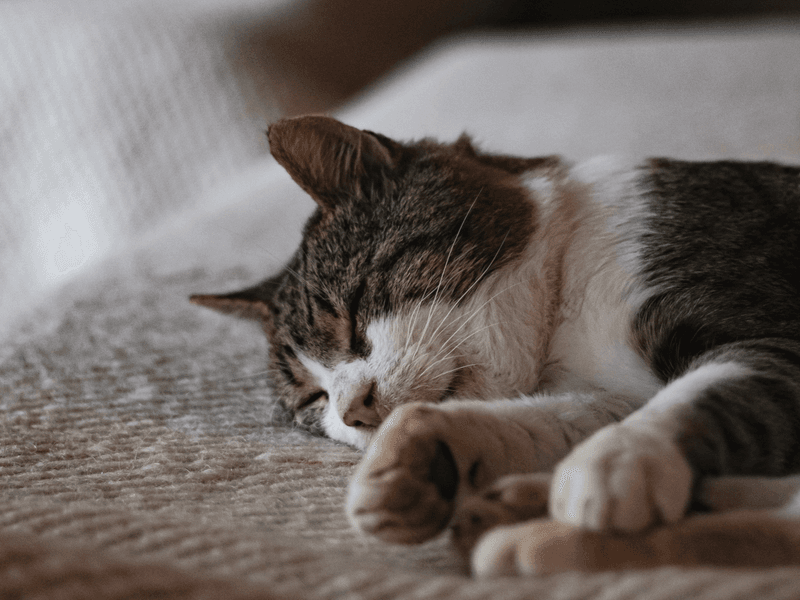
Cats naturally sleep 12-16 hours daily, but profound changes occur as they approach life’s end. Extended periods of deep sleep become more frequent, sometimes seeming almost unresponsive during rest.
Nighttime restlessness might emerge, with confused wandering or vocal behaviors. This reversal often relates to neurological changes or discomfort, making their usual sleep rhythm unrecognizable compared to their younger days.
8. Grooming Cessation
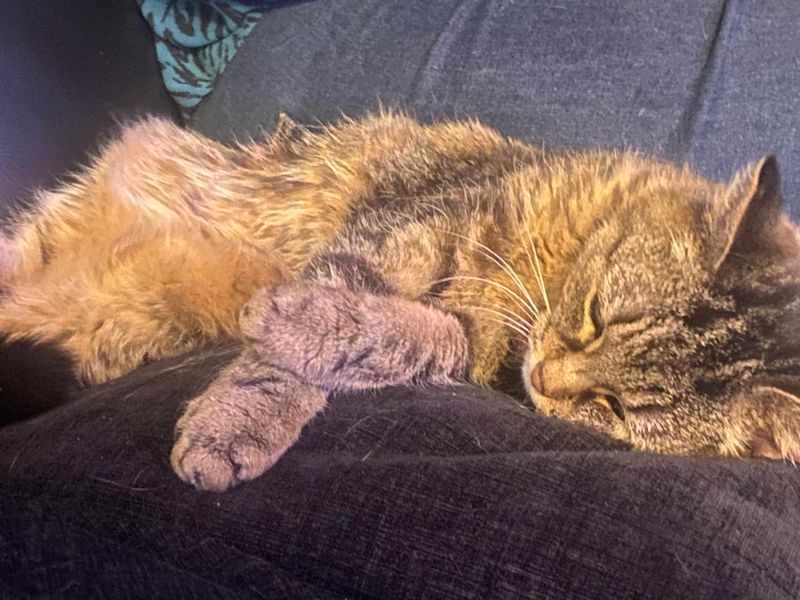
Fastidious felines spend hours maintaining pristine coats. When self-grooming stops, matted fur, dandruff, and an unkempt appearance follow.
This neglect indicates they lack energy for non-essential activities or experience physical discomfort when twisting to reach certain areas. You might notice particular messiness around their back end, as this area becomes especially difficult to maintain when mobility decreases.
9. Unusual Vocalizations
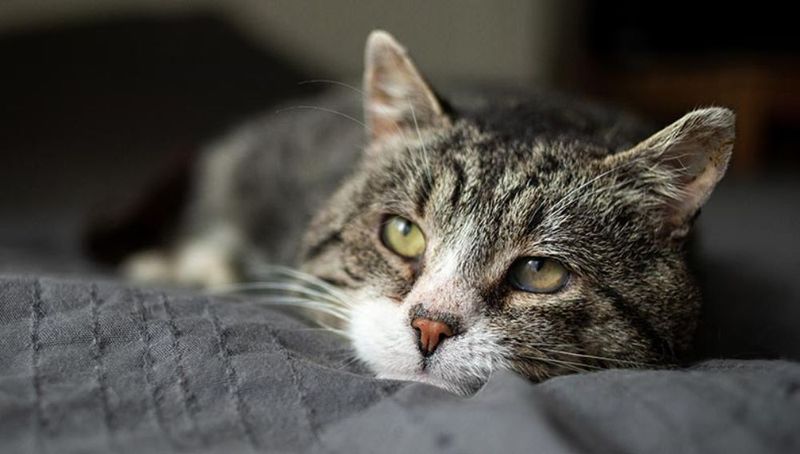
Strange meows, yowls, or cries – especially at night – often signal discomfort or confusion. These sounds differ distinctly from their normal communication patterns.
Some cats grow completely silent, while others become unusually vocal. Cognitive changes similar to dementia can trigger these behaviors, particularly in older cats. The tone often carries a plaintive quality that pet parents describe as heartbreaking.
10. Eye Changes
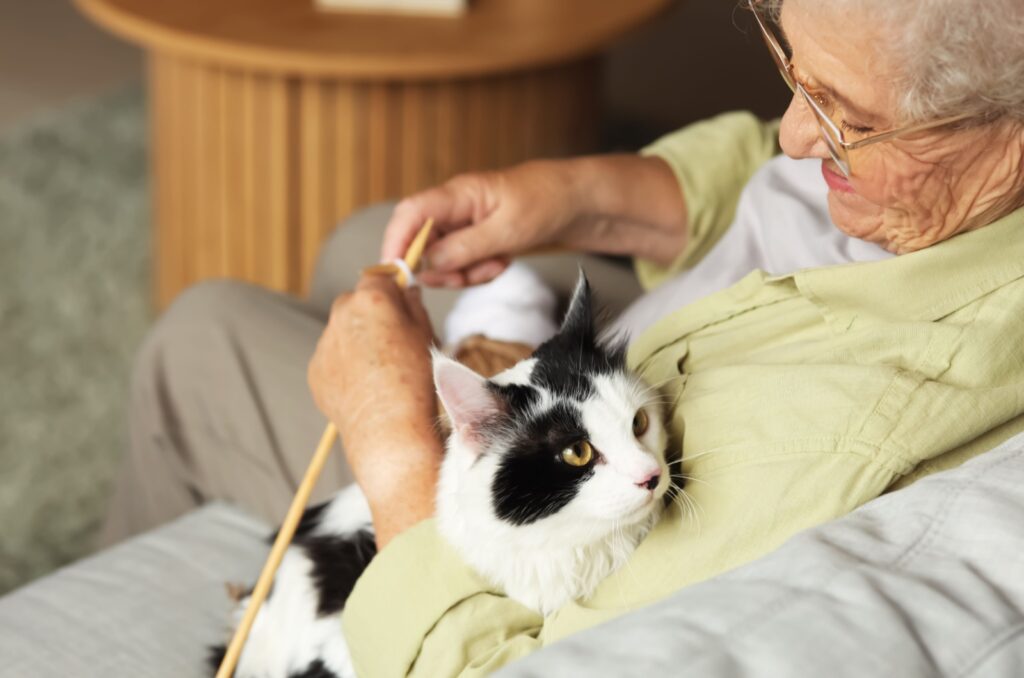
Shutterstock
The windows to your cat’s soul reveal important clues. Dilated pupils that don’t respond to light changes or a fixed, vacant stare suggests neurological decline.
You might notice increased discharge or cloudiness developing. Perhaps most telling is when their eyes lose their usual brightness and engagement with surroundings. That special sparkle fades as they begin detaching from the physical world around them.
11. Social Detachment
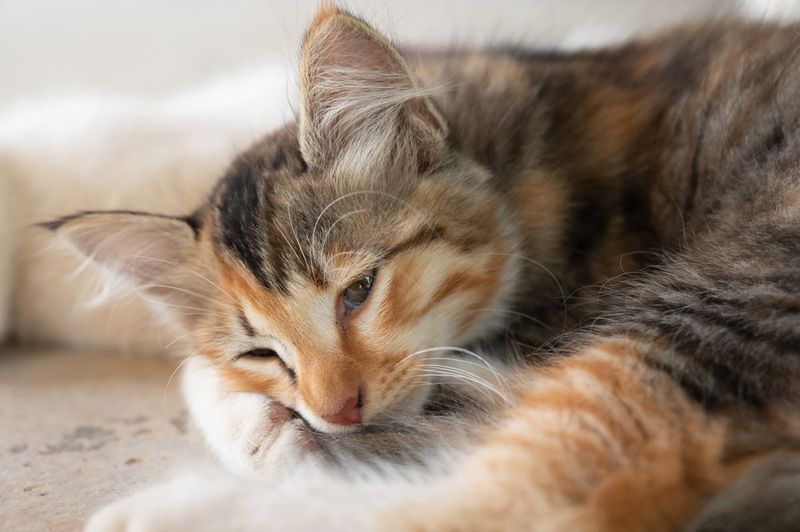
Remember how your cat always greeted you at the door? That enthusiasm often wanes as they near life’s end. Their favorite interactive routines – whether playtime or evening cuddles – lose appeal.
They might acknowledge your presence but without their usual enthusiasm. This emotional withdrawal doesn’t mean they love you less – their focus simply turns inward as their body prepares for transition.
12. Unusual Postures
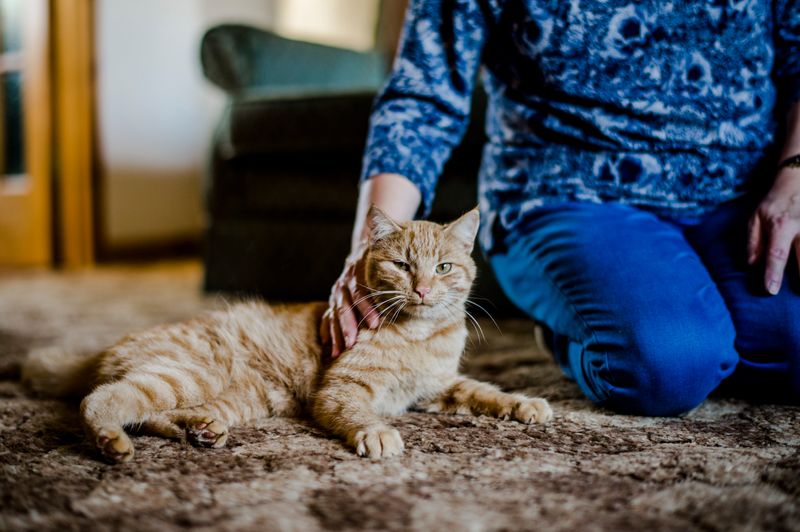
Hunched positions with head lowered and back arched signal internal discomfort. Some cats press their heads against walls or furniture – a serious neurological warning sign requiring immediate veterinary attention.
Watch for prolonged periods in a single position or difficulty getting comfortable. They might sit with legs splayed awkwardly instead of their usual neat tuck. These subtle posture changes reveal their body’s internal struggles.
13. Reduced Response To Stimuli
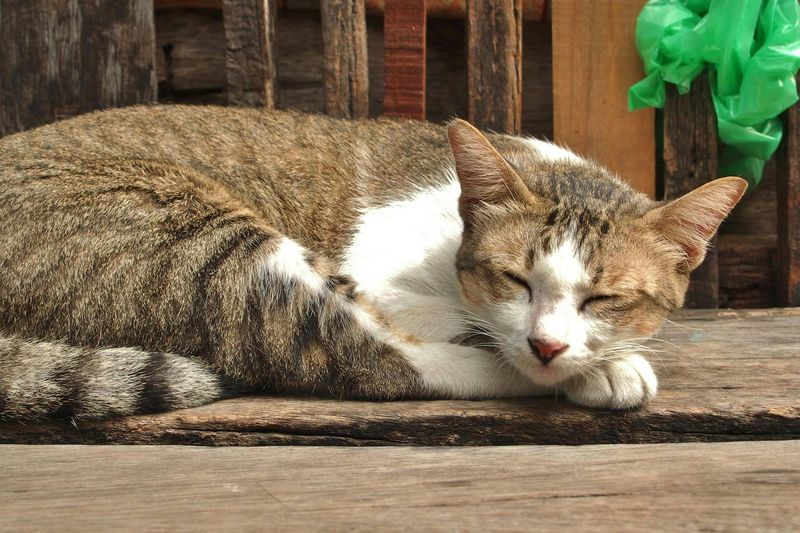
The treat bag shake or toy mouse squeak that once triggered excitement now barely registers. This diminished reaction extends beyond selective hearing – it represents genuine neurological changes.
Even favorite sounds like can openers or your arrival home might go unacknowledged. Their world gradually narrows as external stimuli become less important. This natural withdrawal helps prepare them for peaceful transition.
14. Peace After Restlessness
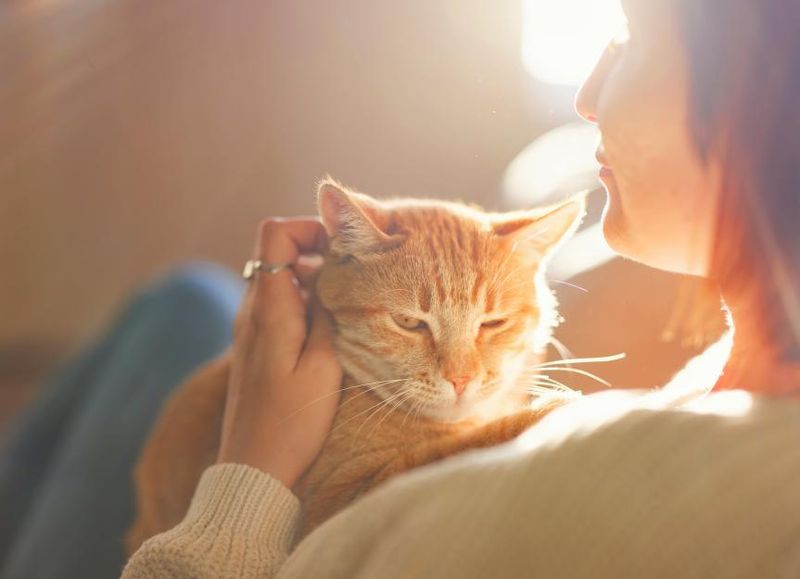
Many cats experience a peculiar calm after periods of discomfort or restlessness. This tranquility often appears within days of passing and represents their body’s natural preparation.
They might seem unusually serene, with steady breathing and relaxed muscles. Some pet parents describe a sense of their cat having “made peace” with their journey. This natural transition phase often provides comfort to both cat and human.

